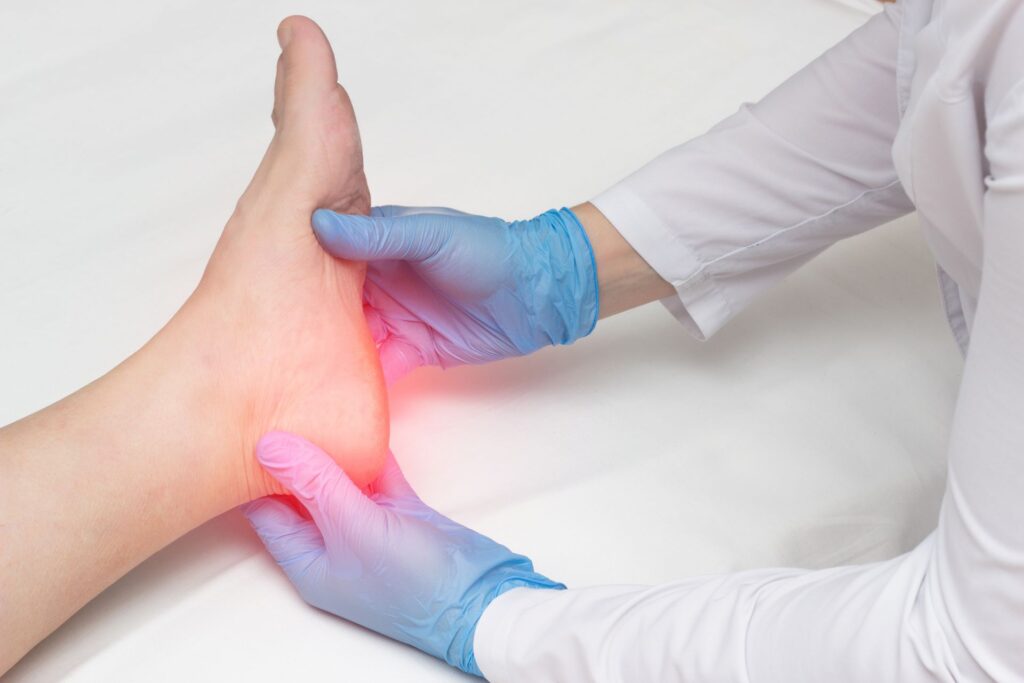What is plantar fascia pain (Plantar Fasciitis) and how to fix it?

What is Plantar Fascia?
Plantar fasciitis (inflammation to the plantar fascia ligament) is most commonly caused by strain injury causing micro tears to the ligament as it attaches to the heel bone or other areas of tightness on the sole of the foot.

Why is it painful?
It is painful due to poor blood supply to the scarred tissues on the plantar fascia. Lack of blood supply increases tenderness in the connective tissues.
Why does it happen?
Plantar fasciitis is most commonly caused by repetitive strain injury to the muscle and fascia of the sole of the foot. Such strain injury can be from excessive running or walk, poor shoes and compensating pattern of the intrinsic foot muscles.
When someone develops plantar fasciitis, they experience tiny micro-tears in the heel fascia due to injury or overuse that lead to inflammation and swelling. In the process of the body trying to heal the micro-tears, the heel pad increases in thickness and loses flexibility, normal range of motion and the ability to absorb shock.

The most useful Non-surgical Treatment Method
1. Shockwave Therapy
Extracorporeal Shock Wave Therapy(ESWT) induces an immediate analgesic and anti-inflammatory effect, as well as long-term tissue regeneration.
2. Check the biomechanics of foot, ankle and leg
For example, decreased ankle dorsi-flexion or toe extension in swing phase indicate decreased flexibility in the plantar fascia and toe flexors.
Over-pronated foot in mid-stance indicates decreased strength in the medial arch.
3. Reactivate the foot intrinsic muscles, especially toe flexors
Foot intrinsic muscles are key to success in foot treatment. This is the stabilizer of the foot making the other muscles less fatigued while doing standing or walking activities. Once this muscles are being stimulated, other tissues such as plantar fascia will be relaxed and less strained.
4. Eccentric exercise program and consistent stretch program
Eccentric exercise is more effectively releasing the scar tissues than static stretching method
Consistent stretches for plantar fascia, toe and calf muscles are crucial in healing process
5. Myofascial release treatment
If there is tenderness in the foot, ankle or plantar fascia, poor circulation can be the source of the pain. The problem side lower quadrant abdomen and hip flexor myofascial release can decrease the tenderness in the foot as it will increase the circulation towards the foot.
6. Arch muscle group (Abductor hallucis, Tibialis posterior) trigger point therapy
These muscle groups are assisting to maintain the arch of the foot. Trigger points on these muscles result in the arch weakness and over-pronation. Trigger point therapy increases flexibility and strength of these muscles. You can feel more arch activation while walking after release trigger points.
7. Plantar Fascia massage with a ball
Roll the tennis or lacrosse ball applying partial body weight for 3 to 5 minutes in a day
